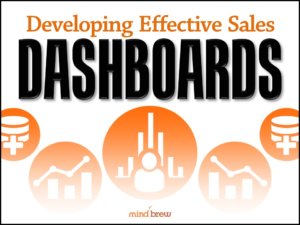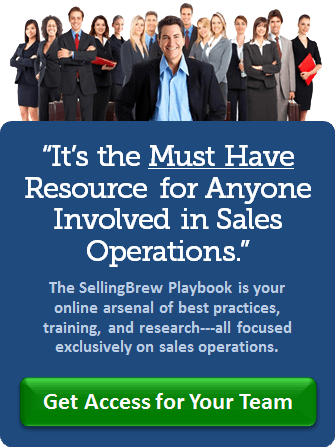To be most effective in Sales Operations, we need to be able to juggle a wide variety of existing activities, while also driving progress on new strategic initiatives and valuable improvements. But given the dynamics of the current business environment, where resources are scarce and budgets are being scraped to the bone, striving to just “work harder and do more” isn’t a very realistic solution.
This brings us to the concept of leverage.
Simply put, leverage is all about maximizing the output (results/effects) for a given amount of input (effort/cost). Think of a leverage point as the fulcrum or pivot of a seesaw. When the fulcrum is positioned correctly, a small force on one end of the seesaw can lift a much larger weight on the other end. Though it’s a fundamental principle we all learn about as a child, later in life we sometimes overlook it and fail to put it into practice or use it to our advantage.
The most obvious benefit of leverage is efficiency. Our resources are limited…be it time, money, or headcount…and leverage allows us to do more with whatever resources we can bring to bear. But beyond efficiency, leverage also enhances scalability by helping us avoid linear growth traps where increased growth requires a proportional increase in investment.
And together, the increased efficiency and enhanced scalability can’t help but provide some degree of competitive advantage, which is sorely needed in today’s climate of hyper-competition.
So what are these leverage points? Where do you look? And what should you be focusing on? While every business is different, here are just a few of the common “force multipliers” that other groups have exploited:
- Root Causes Over Symptoms—When you diagnose and address the underlying root causes of issues, rather than merely treating the symptoms of those issues, you’re working to ensure that those symptoms don’t just recur again and again over time.
- Managers Over Individual Reps—When you focus your limited time and resources on enabling and educating sales managers, you’re working to have a positive influence on all of the individual sales reps who interact with and ultimately report to those managers.
- Technology Over Manual Tasks—When you implement technologies and systems to automate routine tasks and data-entry, you’re not only working to free up time for more important activities, you’re reducing the likelihood of introducing costly errors due to manual processing.
- Defined Processes Over Ad Hoc—When you define structured processes and develop “standard operating procedures” that spell out exactly how certain things are to be done or how specific situations are to be handled, you’re working to improve responsiveness, consistency, efficiency, and effectiveness, all at the same time.
- Virtual Delivery Over In-Person—When you plan from the outset to deliver important training and education through online videos and other digital materials, rather than relying on in-person meetings and training sessions, you’re working to improve uptake and comprehension, while also enabling ongoing reinforcement over time.
Again, these are just a few examples of common leverage points. There are dozens more. And while they may differ between various businesses, I can say with absolute confidence and certainty that every business of any kind will have a number of leverage points and force multipliers…somewhere.
One just has to look for them.
Similarly, the leverage points and force multipliers in your particular business will not be clearly labeled as such. But they are there. And with a proactive and deliberate approach, you can identify them, prioritize them, and exploit them to the fullest to boost your results while reducing the heavy lifting.













